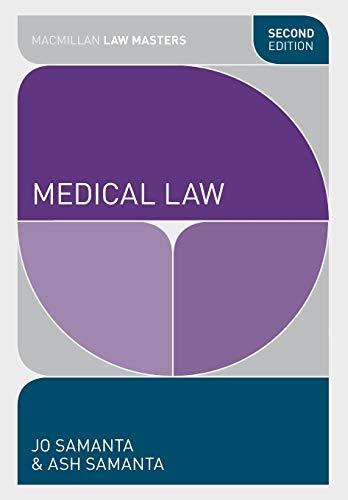Question
This question requires you to compare a Supreme Court case you studied in class with one you have not studied in class. A summary of
This question requires you to compare a Supreme Court case you studied in class with one you have not
studied in class. A summary of the Supreme Court case you did not study in class is presented below
and provides all the information you need to know about the case to answer the prompts.
In 1963, James P. Wesberry lived in a Georgia congressional district that had a population double than
that of other congressional districts in the state. He argued that because there was only one member of
Congress for each congressional district, his vote did not count because of the state's failure to adjust
the congressional districts to meet the changing population. Wesberry sought to prevent the Georgia
government from conducting elections under the current districting system. The district court dismissed
his complaint. Wesberry appealed to the Supreme Court.
The majority opinion of the Supreme Court was that congressional districts must have roughly equal
populations. The court further held that the state apportionment statute was invalid because it abridged
the Constitution.
(A) Identify a difference in the facts of Baker v. Carr (1962) and Wesberry v. Sanders (1964) that affected the impact of the Supreme Court's decision.
(B) Explain how the decision in Baker v. Carr is similar to the decision in Wesberry v. Sanders
(C) Explain the role stare decisis likely played in the Wesberry v. Sanders decision.
Step by Step Solution
There are 3 Steps involved in it
Step: 1

Get Instant Access to Expert-Tailored Solutions
See step-by-step solutions with expert insights and AI powered tools for academic success
Step: 2

Step: 3

Ace Your Homework with AI
Get the answers you need in no time with our AI-driven, step-by-step assistance
Get Started


